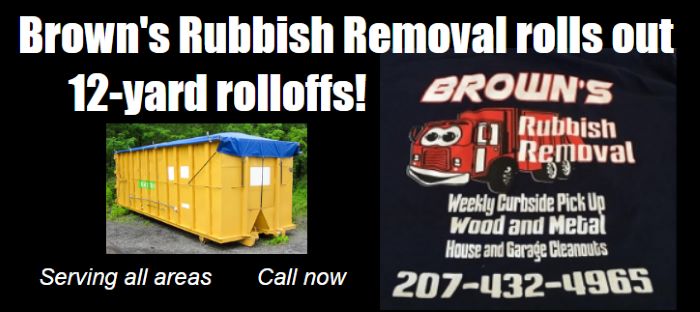We've all be there before: you're petting your dog and suddenly you feel a lump you've never noticed before. Is it a tick? Or could it possibly be a tumor? As a pet owner, it's easy to panic over every lump and bump we discover. Oftentimes, though, these lumps turn out to be nothing more than fatty growths that, although unsightly, are typically harmless. As our pets grow older, these fatty lumps become more common.
The first thing to do when you find a new lump on your pet is visit your veterinarian. While fatty lumps, or lipomas, are very common, it's best to get them checked out to make sure they are, in fact, a fat deposit and not something more concerning. Your vet will use a fine needle to aspirate the tumor during your pet's exam to confirm that it is a lipoma and not something more aggressive.
Unless the location of the lipoma is affecting your dog's mobility or comfort, your vet will likely suggest you keep an eye on the mass for any changes but, otherwise, just leave it alone. It's important to keep track of the lump's size as well as to monitor your dog's body for other masses. Typically, dog's that develop one lipoma will develop more throughout their lifetime. It's important to make sure your vet checks each new lump to make sure it is benign. Just because the first lump is benign does not mean the rest will be, so don't assume it's just a fatty tumor without having your vet confirm.
Occasionally, your vet may recommend removing a lump for further examination or for your pet's comfort. Some dogs, for example, are irritated by the lumps and will chew at them, causing an open wound and a potential for infection. Other dogs have the lumps in more sensitive places, like along their chest where their leg rubs on it as they walk, and it can begin to affect their mobility if not removed. Removal happens under general anesthesia and is usually a fairly simple procedure.
There is no way to prevent fatty tumors from happening as they are a natural part of the aging process for many dogs. Despite what their description suggests, fatty tumors can occur on dogs of all weights and will not disappear as a result of weight loss. As long as you have each lump examined by your veterinarian and monitor all lumps for changes, there's no reason they should impact your dog's life.
Alaina Goodnough is the Promotions Coordinator at Cocheco Valley Humane Society in Dover, NH. She lives in Sanford, ME with two parrots, a cockatoo, a cat, a bearded dragon, and two dachshunds. She can be reached at CVHS at devassist@cvhsonline.org. To learn more about Cocheco Valley Humane Society, go to www.cvhsonline.org or call 603-749-5322.














